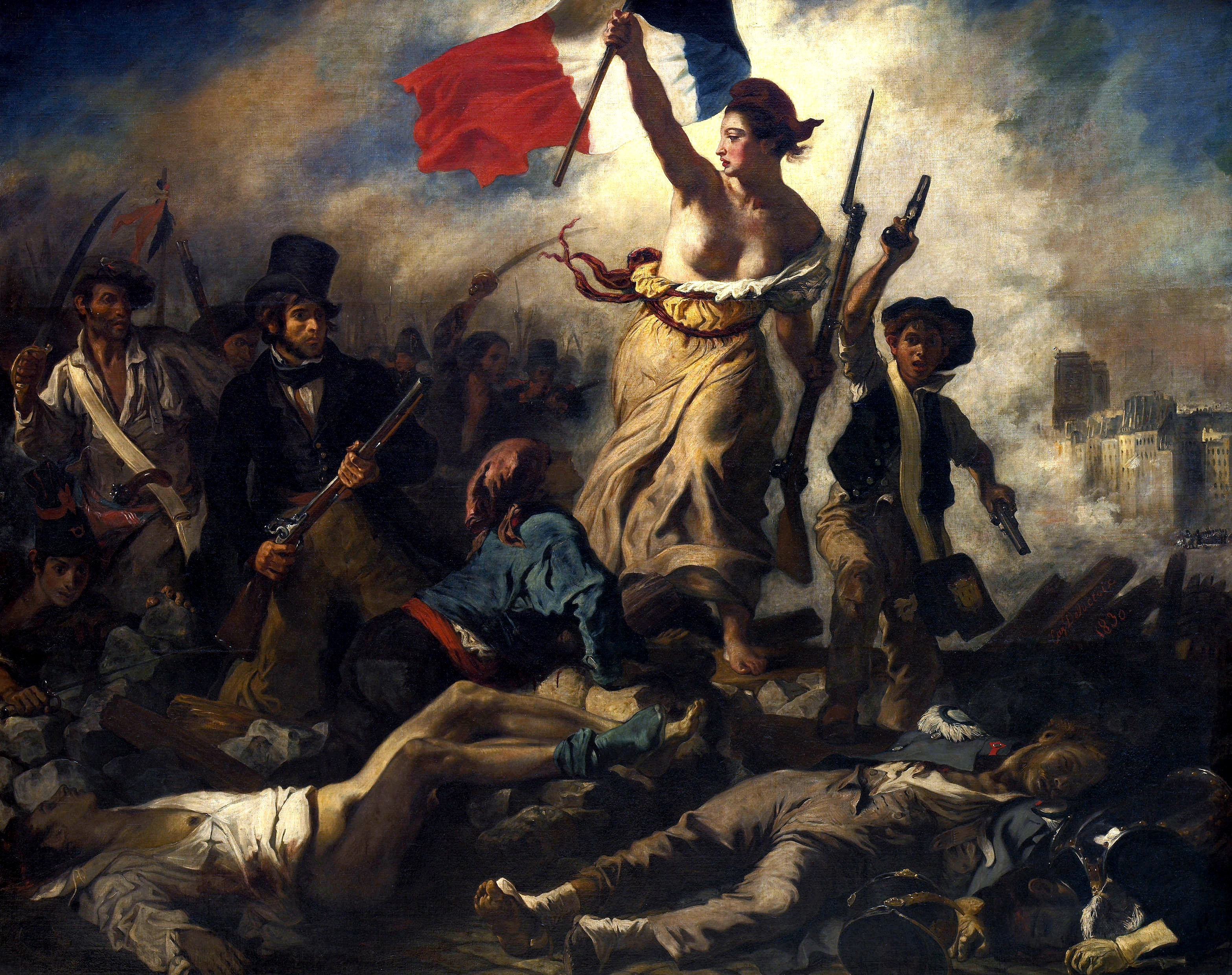After discussing different art forms and even holding our own art gallery in class, we're coming to the conclusion some of the most amazing works of art are all about breaking the mould and causing a great impression on the audience. Don't you think this sounds like a great idea for our 2014 Portfolio project? Get ready for...
1. What is the project about?
"Liberté, egalité, Beyoncé" is an English project consisting of revisiting classic works of art that are connected with freedom and equal rights. It will also be our contribution to the 2014 Portfolio school exhibition.
2. Why "Liberté, egalité, Beyoncé"?
Because it can help you discover classic works of art from a new perspective while having fun working in English.
3. What do I have to do?
You must find a classic work of art that has been reinterpreted by a contemporary famous or unknown artist. Take a look at some examples:
 |
| DELACROIX, Eugène. Liberty guiding the people (1830) |
 |
| KIKIRIKILLER (blogger). Liberté, egalité, Beyoncé (2013) |
|
|
 |
| BARTHOLDI, Frédéric A. Liberty enlightening the world (1886). |
 |
| FELIX, E. Liberty in crisis (2014). |
4. How can I find my work of art?
Contemporary artists, including bloggers, are constantly revisiting art. Classic works of art, such as the ones presented above, are often used as the basis for reinterpretations. A classic work of art may be intepreted from different perspectives:
- As new historical events occur (e.g. popular revolutions, wars, etc.)
- As new social groups are fighting for their rights (e.g. women, LGTB, African-Americans, etc.)
- As new cultural trends or fashions are set (e.g. pop culture, fast food culture, etc.)
A good starting point for your work can be Google. Your objective: find an artist who has reinterpreted classic art from a new, grounbreaking perspective. Remember your work of art must be connected with freedom or equal rights!
5. What art forms can I choose from?
You can choose from any form of visual art. The original work of art and its reinterpretation may include paintings, sculpture, graffiti, installations, fashion design, craft, etc.
6. Need help?
Your English, Art or History teachers can give you a hand!








